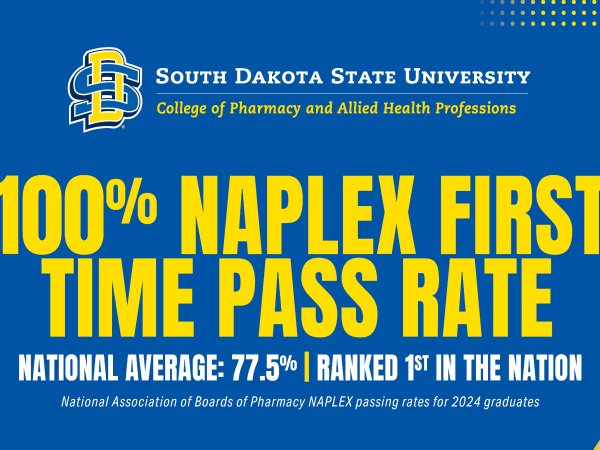This week the South Dakota Board of Regents approved tuition and mandatory fees for the upcoming academic year and South Dakota State’s realignment of colleges plan.
Tuition will increase 3.0 percent or $256.13 next academic year for South Dakota public university students.
The South Dakota Board of Regents approved the increased tuition and mandatory fees March 28 in Spearfish.
“This adjustment to tuition and mandatory fees attempts to keep cost to our students as low as possible,” said Regents President Bob Sutton in a press release. “Tuition and fee setting is a balancing act. On one hand, the regents must set the costs necessary to deliver all the instructional and support services required by our students. That must be balanced against managing those same costs to ensure affordable access to higher education. All of this is done with the uppermost goal in mind: to deliver to our students the highest quality education possible.”
Fixed costs like salary policies and inflation impact the change of tuition and fee rates. The state legislature adopted a 1.2 percent salary policies for all employees this year. The state covers around half of this salary package for employees in the public university system, so tuition, fees and student charges must be raised internally to cover the remainder of that obligation. Inflation also affects the costs charged to students.
A 1.8 percent inflationary increase based on the Consumer Price Index was also applied to the operating expense base for the universities.
Both the University of South Dakota and SDSU requested and were granted a $5 per credit hour tuition increase for all on-campus credits to aid in the universities’ recruitment and retention of quality faculty in support of the teaching and research missions.
On average, an in-state undergraduate student taking 30 credit hours next year will pay $8,870.33 for tuition and the mandatory General Activity Fee. These new rates are effective for the 2018-19 academic year, which begins this summer.
In other business, SDSU’s request to change college names and realign departments was approved. These changes will be effective beginning in the fall semester of 2018. The total number of academic colleges and deans in this new structure is the same as the current academic college structure.
The college structure changes include:
- Creation of a College of Natural Sciences
- Department of Biology and Microbiology (move from College of Agriculture and Biological Sciences);
- Department of Chemistry and Biochemistry (move from
- College of Arts and Sciences); Department of Physics (move from College of Arts and Sciences); and
- Department of Geography (move from College of Arts and Sciences).
- Elimination of University College
- Move exploratory studies program to the Department of Counseling and Human Development within the College of Education and Human Sciences; and
- Move first-year academic advisors to the Student Success Center.
- Restructuring and renaming the College of Arts and Sciences to the College of Arts, Humanities and Social Science
- Move the Department of Chemistry and Biochemistry, the Department of Physics and the Department of Geography into the new College of Natural Sciences; and
- Administratively place the Department of Economics into the College of Arts, Humanities and Social Sciences.
- Restructuring and renaming the College of Agriculture and Biological Sciences to the College of Agriculture, Food and Environmental Sciences
- Move the Department of Biology and Microbiology into the new College of Natural Sciences.
The changes are the result of an internal task force report, input from the SDSU Students’ Association and a review by Dennis Hedge, provost and vice president of academic affairs.
“This reorganization will enhance student recruitment efforts by increasing the visibility of several key majors at SDSU while encouraging creative curriculum design,” Hedge said. “Students are drawn toward academic programs that allow for innovation and creativity, academic preparation and opportunities in fields with workforce demand, and overall development that allows them to achieve their career goals and personal dreams. This realignment will support those opportunities and provide a framework for student retention strategies and interdisciplinary teamwork that will benefit many.”



















